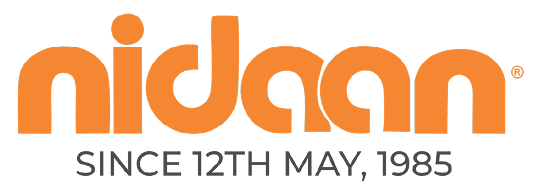Faster Orthodontic Planning with Cephalometric Analysis
September 28, 2025

Introduction
Orthodontic success depends on precise evaluation of jaw alignment, tooth positioning, and craniofacial structures. Traditional methods — including plaster models and manual cephalometric tracing — remain time consuming and less accurate.
This case study showcases how Nidaan’s digital cephalometric analysis combined with CBCT imaging streamlined orthodontic treatment planning for a complex malocclusion patient, drastically improving predictability and efficiency.
The Clinical Challenge
Patient Background
A 16-year-old patient presented with severe Class II malocclusion accompanied by jaw growth discrepancies. Traditional orthodontic records lacked dimensional clarity.
Risks of Conventional Methods
- Manual tracing errors.
- Incomplete assessment of airway and skeletal relationships.
- Time delays in preparing orthodontic blueprints.
How Nidaan Dental Imaging Helped
Step 1 – Cephalometric Imaging
A lateral cephalometric radiograph was captured digitally at Nidaan, offering higher clarity at a lower radiation dose.
Step 2 – CBCT Scan for 3D Analysis
CBCT scan provided full 3D craniofacial mapping — including airway evaluation, skeletal symmetry, and tooth root morphology.
Step 3 – Digital Cephalometric Analysis
Nidaan’s radiology team provided software-based, automated cephalometric tracing, minimizing human error and producing measurable landmarks in a fraction of traditional time.
Step 4 – Orthodontic Treatment Planning
The orthodontist used the combined cephalometric + CBCT data for:
- Customized orthodontic appliance design.
- Precise prediction of jaw corrections.
- Improved communication with patient and family.
Results & Outcomes
Clinical Results
- Orthodontic blueprint finalized 50% faster compared to manual methods.
- Improved accuracy of jaw angle assessment and skeletal relationships.
- Enhanced airway evaluation provided holistic orthodontic planning.
Patient Outcomes
- Patient gained trust seeing 3D visualizations of predicted results.
- Reduced treatment time due to precise planning.
Orthodontist’s Perspective
“The digital cephalometric reports with CBCT data changed how I plan cases. Instead of spending hours on manual tracing, I now rely on Nidaan’s fast, precise reports — saving time and improving patient communication.”
Conclusion
This case proves how Nidaan’s digital cephalometric analysis and CBCT imaging revolutionize orthodontics. By offering faster, more reliable, and integrative planning, Nidaan empowers orthodontists to treat even complex malocclusions with accuracy and efficiency.
Mini-FAQs (SEO-rich)
Q1. Why is digital cephalometric analysis better than manual tracing?
It reduces human error, improves speed, and integrates easily with orthodontic planning software.
Q2. How does CBCT add value to orthodontics?
It provides 3D mapping of craniofacial structures, aiding airway analysis, growth evaluation, and precision in orthodontic planning.
